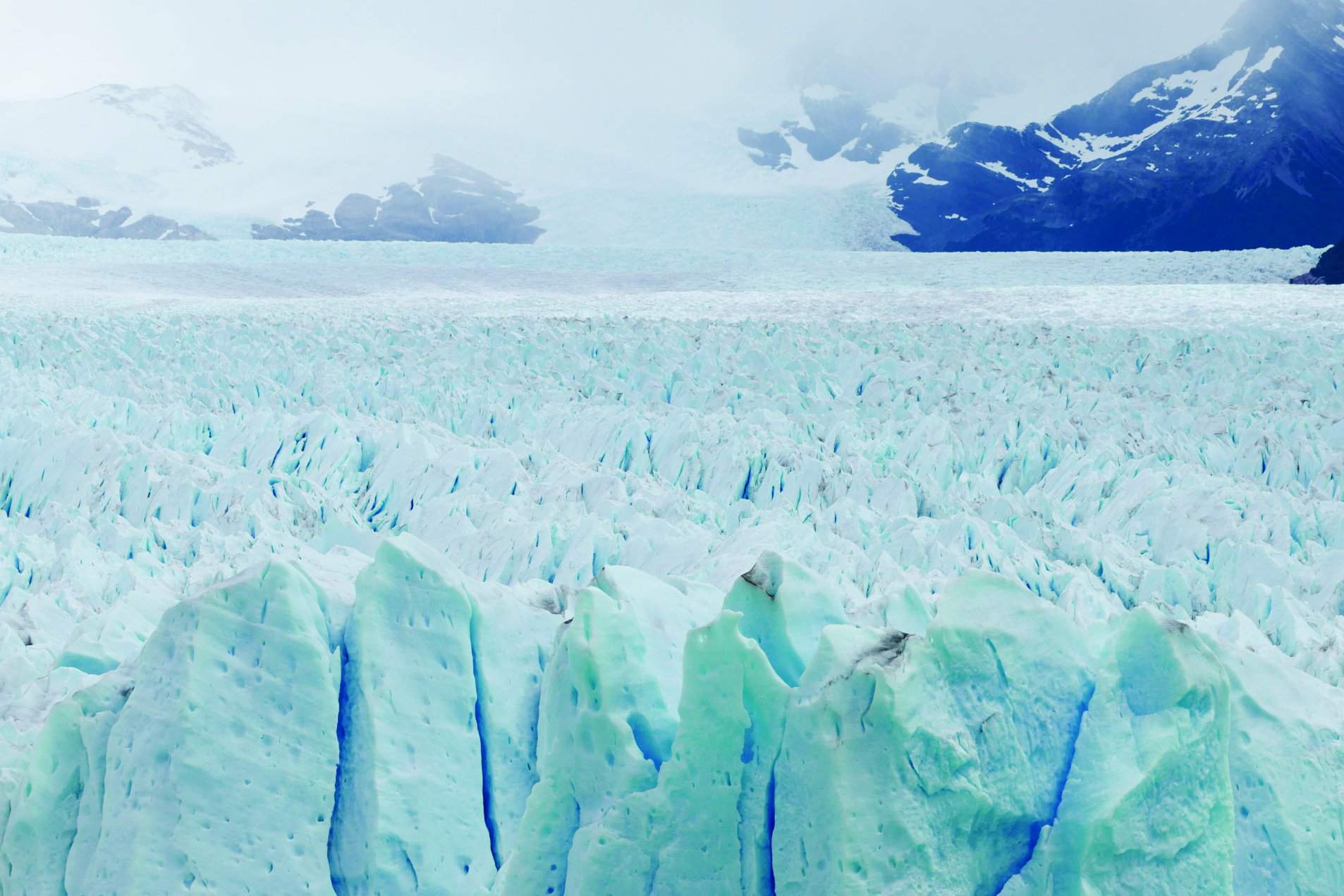Story: Hoang Phong
The vast region of Patagonia, shared by Chile and Argentina on the southern end of South America, is a land of majestic and primordial beauty.
Europeans arrived in Patagonia in the 1500s, right after they found the Americas. But in this barren land there was no fertile soil for cultivation nor gilded kingdoms to plunder. Patagonia was ignored by settlers for over 300 years, inhabited mainly by nomadic native tribes who hunted guanaco llamas and rhea ostriches for food.

These days, more settlers are coming to Patagonia to earn a living by tourism, oil production and raising sheep. However, this land is still remote and isolated. Here, you will come across small towns near famous beauty spots and gauchos tending sheep and cattle, spending half their time on horseback and the other half in their wooden huts, far away from the rest of the world.
In exchange for that remote and isolated life are emerald lakes unlike anywhere else on earth, forests studded with wild blossoms and crystal-clear springs, and sunsets that cast their golden glow over distant peaks.
It is impossible to discuss Patagonia without mentioning its majestic glaciers, dozens of meters high and spanning hundreds of meters, even kilometers, carrying millions of tons of ice. The glacier Perito Moreno near El Calafate, far from the largest one in Patagonia, has an area larger than Buenos Aires, home to about 3 million people.










